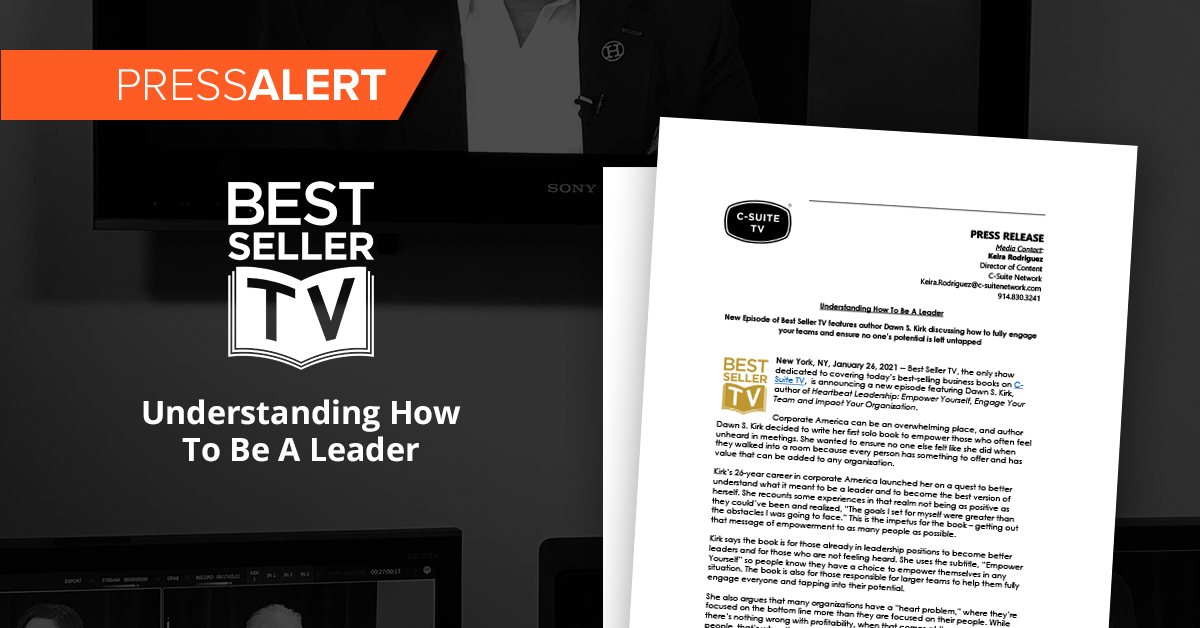
Minimize Fear. Maximize Trust.
Minimize Fear. Maximize Trust. https://csuiteold.c-suitenetwork.com/wp-content/uploads/2015/01/6812622821_393071f824_z.jpg 640 427 C-Suite Network https://csuiteold.c-suitenetwork.com/wp-content/uploads/2015/01/6812622821_393071f824_z.jpgby Judith Glaser
Are your people afraid?
I’m not asking if you are a bully or a bad boss, or about the fear of being punished for a well-thought-out plan or product launch that fails. I’m talking about something more visceral: anxiety caused by the concern that something drastic — layoffs, firing, pay cut or demotion — will happen.
Everyone is somewhat fragile at the core. We secretly worry that tomorrow may be our last day. Uncertainty and volatility induce fear, and fear impedes people from doing their best work. Fear impacts our sense of identity and causes us to doubt our ability to achieve. Our biggest fear is the fear of failure in the eyes of others; failure to be perceived as capable, valuable, powerful, smart and poised during all challenges.
When we perceive the world through a lens of fear, we turn away from others rather than to others for help. Our egos drive us to develop patterns of protection. Over time, we incorporate defensive behavior patterns into our daily rituals and routines.
When we perceive the world through a lens of fear we:
•Move against others (fight)
•Move away from others – (flight – avoid – freeze)
•Move with others (give up/give in)
Conversational Intelligence™ (C-IQ) at Work
Fear is a common but counterproductive response to uncertainty. When fear dominates, the creative brain shuts down.
C-IQ Neuro-Tip: When fear dominates, the primitive brain takes over, emitting cortisol and catecholamines — hormones released during emotional or physical stress. These chemicals shut down the brain’s prefrontal cortex, or executive functions, which enable sophisticated strategies, trust, integrity and strategic thinking. Instead of responding intelligently and creatively to people and situations, we freeze, coming across as defensive. Appreciation and trust, on the other hand, minimize the impact of cortisol, enabling oxytocin — the bonding hormone — to flood the brain, elevating our ability to have a voice and partner for mutual success.
Level III Conversations
Perceiving the world through a lens of trust, opens us to connect, to listen, to share and discover. We develop patterns of partnering with others. We speak what is on our minds; we are generative, growing and co-creating with others. I call this Level III Conversations.
When we are living in Level I, we are focused more on “telling” people what is on our minds; when we are living in Level II the focus is on “selling” people on what we believe. Yet, when we are living in Level III, we are open to learn, engage in co-creating behaviors with others and influence. Egos are set aside. We adapt, we are agile, we are open to positive influence, and we’re willing to change our minds. Most of all, we minimize judgment and maximize appreciation, helping others to bring their “best selves” to work every day.
When we are living in Level III Conversations, we are ready to share what is on our minds and discover what is on others’ minds; we have the courage to speak our voice, and we extend the same to others. We partner, collaborate and co-create for mutual success.
So how can you, as a leader, eliminate fear and enable your employees to develop their identity as “leaders in their own right”?
- Be present. Your people spend an inordinate amount of time studying you. If you’re behind closed doors, don’t listen during conversations, reminisce about the past or talk about a future disconnected to the present, people will read negative omens into your actions and words.
ACTION: To make yourself present, open yourself up by tuning into relationships before tasks. Have a talk you didn’t plan on with a staffer or colleague. Handle a project that went off schedule when an employee’s confusion interfered with your grandiosity. Welcome to life in the big city. Business is about people — it’s about our relationships with others.
- Provide context in every communication. A picture with a frame becomes a different picture. Without background, fear is elevated by confusion and uncertainty. A technology company I’m working with is growing rapidly. Sales have tripled in two years and now top $1 billion. The CFO, in anticipation of this growth, told his staff: “Go out and hire your replacement.” He thought his message was clear: “I want you to hire someone capable of filling your shoes because with all this growth—and how wonderful you all are—I anticipate promoting each of you.”His staff heard: “Hire your replacement because you will be fired soon.” Not surprisingly, morale and performance suffered. When I explained to the CFO what his people had actually heard, he instantly understood. He called a meeting to explain that he wanted them to go out and search for their own replacements to make it easier for him to promote them when the time came.
ACTION: Putting the statement in this context made people feel good about themselves and the company, and more secure about their role in the growth process. Not surprisingly, fear receded and performance improved.
- Tell people where they stand. As leaders, we resist doing this because we fear broken relationships, feelings of rejection and messes we can’t fix. So we don’t raise certain issues. Yet people must know where they stand. Once they know, they often discover their imagined fears were far worse than reality. When we live in fear, we withdraw, build our own story of reality, imagine others are out to get us and react accordingly. We stop turning to others for help and stop taking feedback and advice from them.
ACTION: Set up time with people to calibrate on what they are doing and how. This doesn’t mean telling them what they are doing “wrong.” This means providing them with quality calibration to move forward with success. This means guiding them to develop their ability to experiment and take new steps to achieve a goal. This makes people feel confident and more secure about their role within the company. Not surprisingly, fear recedes, and performance levels improve. Rather than feeling judged they feel appreciated.
- Use honesty at all times. No one likes to tell the truth when it hurts someone. So we fudge. However, when the truth finally surfaces, the impact is then twice as bad. Always tell the truth — tactfully and within the appropriate context, not spin. Don’t make a situation sound better than it is, even if you can.
ACTION: As a leader, your greatest resource is a high-performing team. If you are honest, you’ll admit there are times when employees are not producing their best work. Check to see if fear is one reason. Then have the courage to address concerns with open, honest, non-judgmental conversations — shaped by the intention to move forward and support the person’s success. When you speak with candor and caring, you minimize fear and maximize trust.
 Judith E. Glaser is the CEO of Benchmark Communications, Inc. and the Chairman of The Creating WE Institute. She is the author of the best selling book, “Conversational Intelligence” (Bibliomotion, 2013), an Organizational Anthropologist and a consultant to Fortune 500 companies.Visit her at creatingwe.com; conversationalintelligence.com or contact her at jeglaser@creatingwe.com. Follow Judith on Twitter @CreatingWE.
Judith E. Glaser is the CEO of Benchmark Communications, Inc. and the Chairman of The Creating WE Institute. She is the author of the best selling book, “Conversational Intelligence” (Bibliomotion, 2013), an Organizational Anthropologist and a consultant to Fortune 500 companies.Visit her at creatingwe.com; conversationalintelligence.com or contact her at jeglaser@creatingwe.com. Follow Judith on Twitter @CreatingWE.




